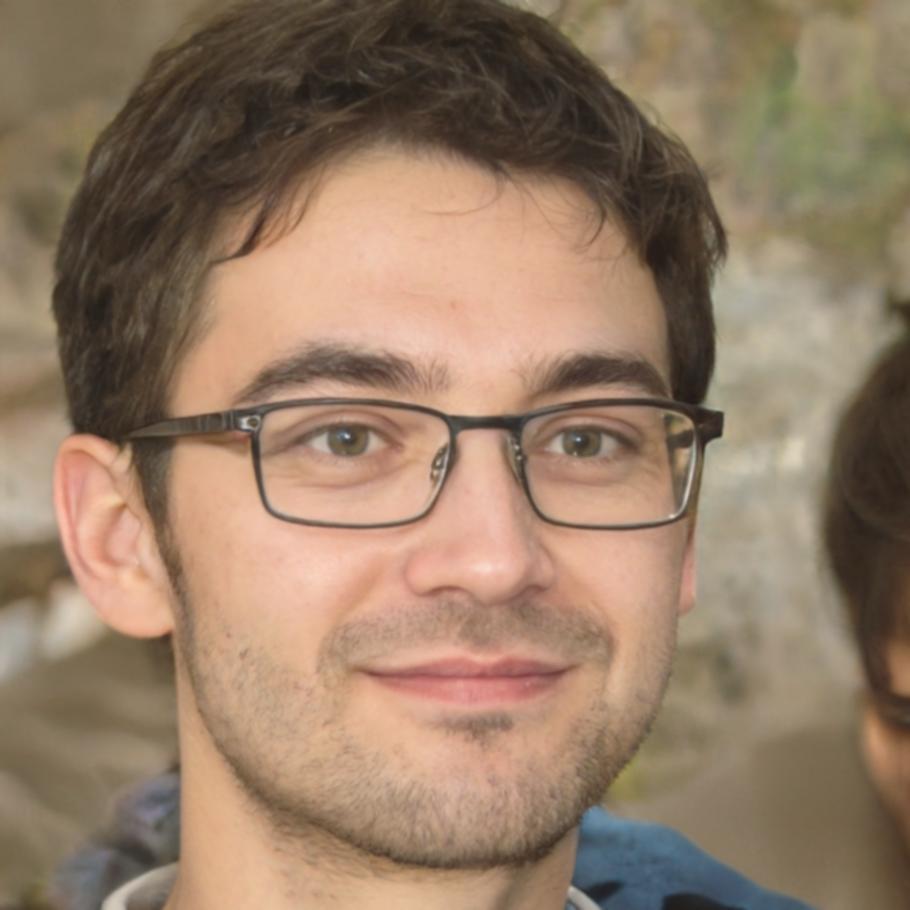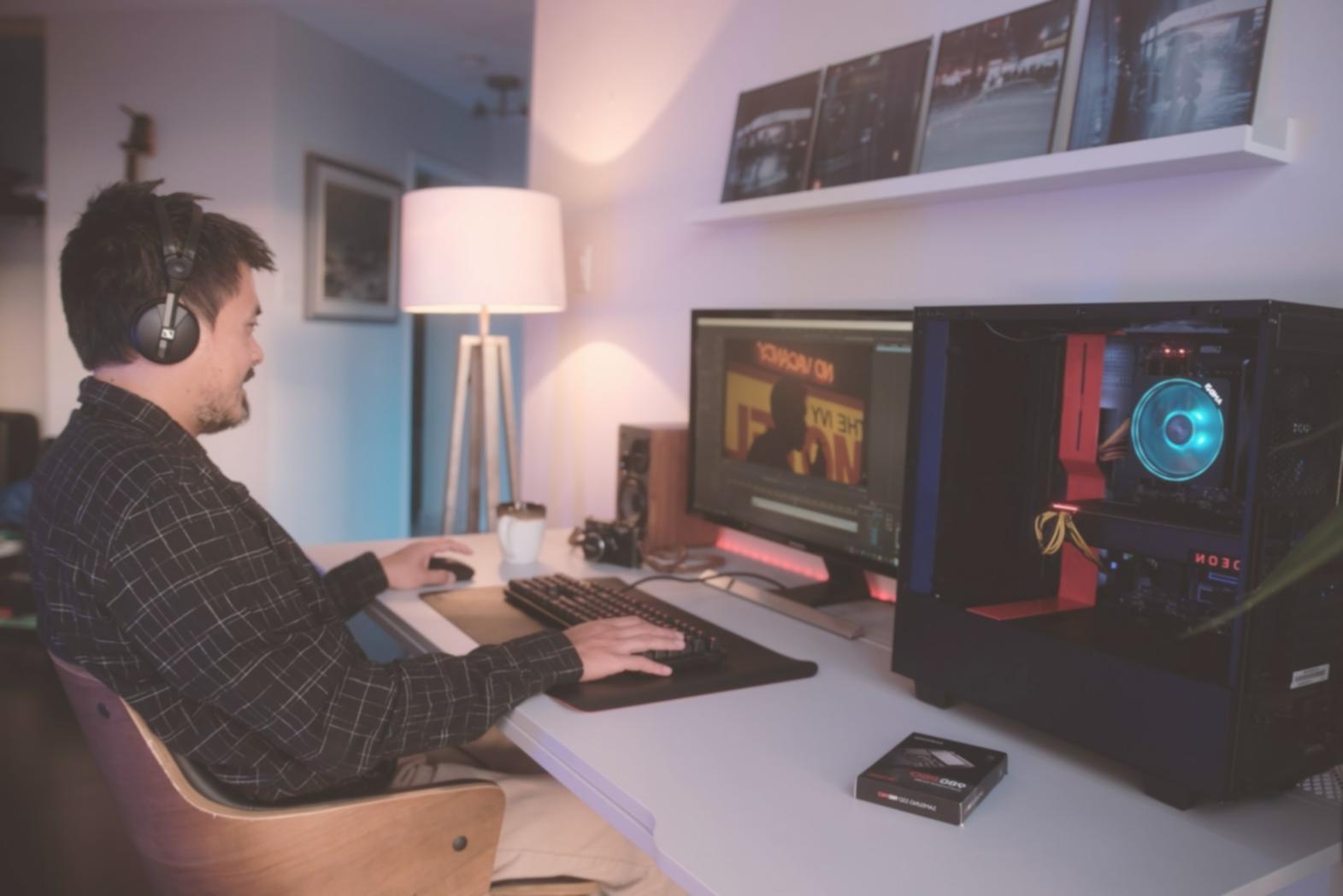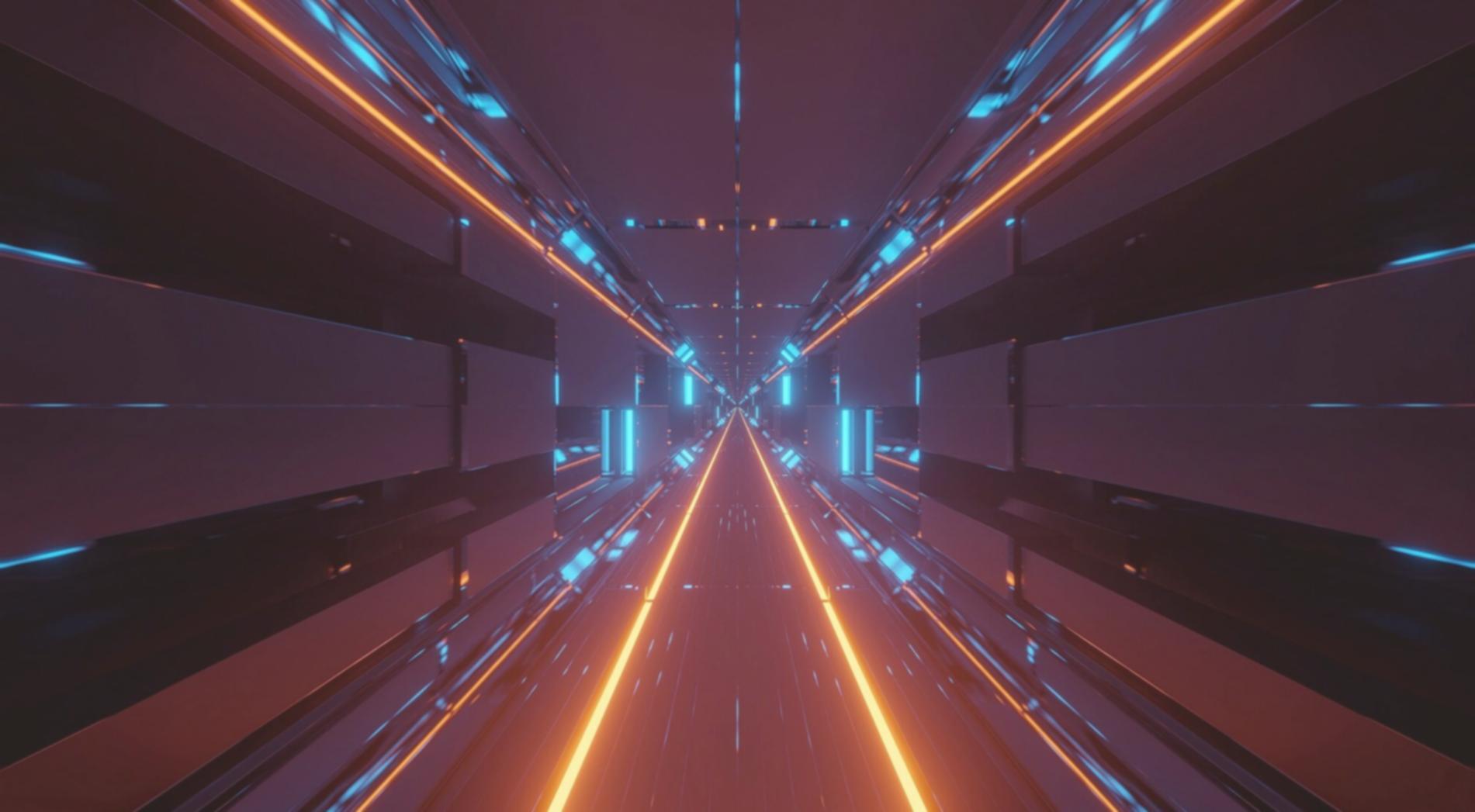Building Blockchain Knowledge From the Ground Up
We started because too many people wanted to understand blockchain but couldn't find practical, honest education.
Back in 2021, everyone was talking about blockchain. But most conversations felt hollow. Buzzwords everywhere, actual understanding nowhere. We saw people paying thousands for courses that never explained how distributed systems actually work.
So we built something different. Not a hype machine. Not a get-rich-quick scheme. Just solid education for people who want to actually build things with blockchain technology. Our students in Taiwan and across Asia spend six to twelve months learning architecture, consensus mechanisms, and real implementation challenges.
How We Got Here
The first year was rough. We had seven students in a rented office space in Yilan. Half of them dropped out when they realized blockchain wasn't magic — it was computer science, cryptography, and distributed systems rolled into one challenging package.
But the three who stayed? They built real projects. One created a supply chain tracker for local agriculture. Another developed a peer-to-peer energy trading prototype. Nothing that made headlines, but everything that worked.
By 2023, we had forty students. Now we're preparing our autumn 2025 cohort, and we've learned what actually matters: foundational knowledge, hands-on projects, and realistic expectations about what blockchain can and can't do.

What Drives Our Teaching
We don't believe in inspiration posters or mission statements that sound good but mean nothing. These are the things we actually do.
Reality Over Hype
We teach blockchain's limitations along with its capabilities. Students learn where it makes sense and where it's the wrong tool. This honesty costs us some enrollments, but the ones who stay actually finish.
Build Before Theory
You start coding in week two. Theory comes when you need it to solve actual problems. We've found people learn consensus algorithms faster when they've already broken three implementations.
Local Context Matters
Blockchain education from Silicon Valley doesn't always translate. We teach with examples from Taiwan's manufacturing sector, Southeast Asian remittance patterns, and regional infrastructure challenges our students actually face.
Who's Actually Teaching
Small team. Everyone teaches. Everyone codes. No executives who haven't touched a compiler since 2015.

Torsten Viklund
Lead Blockchain Architect
Torsten spent five years building distributed systems for financial services before realizing most blockchain education was terrible. He moved to Taiwan in 2020, started teaching in 2021, and still writes code every morning before class.
His specialty is making complex consensus mechanisms understandable without dumbing them down. Students either love his directness or switch to a different program within three weeks. He prefers it that way.
Outside of teaching, he consults on blockchain architecture for manufacturing companies trying to figure out if they actually need a blockchain (usually they don't, but sometimes they do).


Our Approach to Learning
Programs run nine to twelve months. You'll spend roughly twenty hours per week on coursework, projects, and group debugging sessions. We don't promise certificates that guarantee jobs, because that's not how the industry works.
What we do offer: a structured path from basic cryptography to full blockchain implementation. You'll build your own simple blockchain, then work with established frameworks, then contribute to open source projects. By month six, most students are debugging production issues for real companies through our project partnerships.
Our next cohort starts October 2025. Applications open in July. We typically accept about sixty percent of applicants — not because we're exclusive, but because blockchain architecture requires specific background knowledge and genuine commitment to finish.